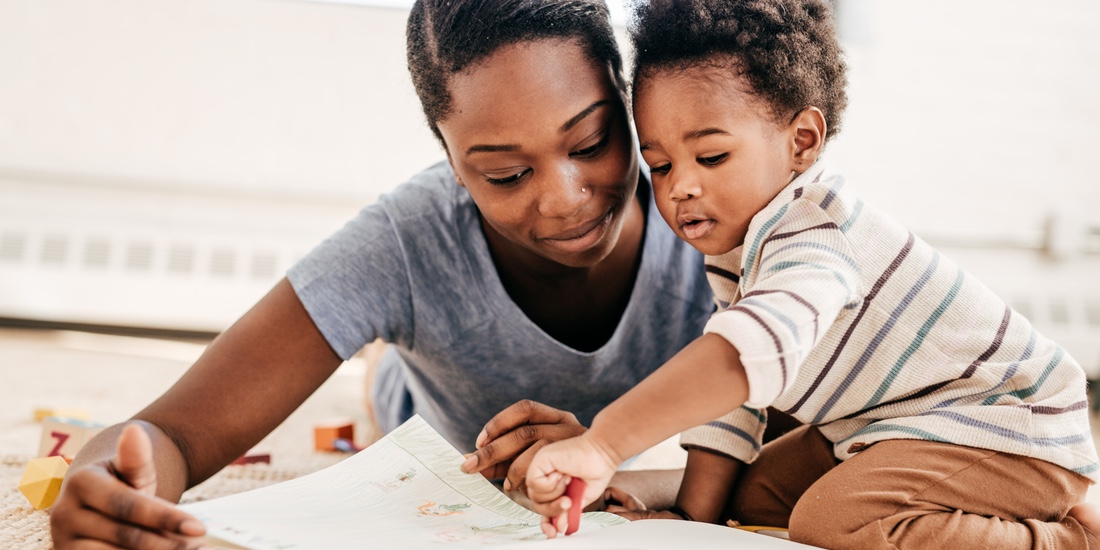Book selection is key in helping your child learn to read. Parents of emergent and early readers are often tempted to select books that are created specifically for new readers. Many of these books are not often engaging literature and most fail to capture a little learner’s attention for long.
Learn
On Selecting Books
- Children should read real books when they are learning to read.
- The books that you select should have a clear story or clear information for your child to understand, rather than books with arbitrary word families.
- Your child should be able to talk to you meaningfully about the book they just read.
- Books for emergent readers – Strong picture support; simple, short sentences with clear spacing between the words.
- Books for early readers – Strong picture support; pages with two to three sentences that have clear spacing between the words.
It is as important for your child to develop a lifelong love for reading as it is for them to learn how to read. Reading is meaning!
Do
On Reading *With* Your Child
- Make time to talk with your child before reading, during reading and after reading. Developing oral language is an important precursor to learning to read.
- Before reading, ask your child:
- “What do you notice about this book?”
- “Can you point to some familiar words?” (e.g. We, like, I, you).
- At this time, also show them any “tricky” words (e.g. characters’ names or new vocabulary).
- During reading:
- Check in and make sure the story makes sense to your child. Listen for what they notice about the book.
- After reading:
- Talk about a few “mistakes” with your child, support them by sharing some more information about that spot in the story, ask them to try it again (with this new context).
- This is the time to emphasize the importance of comprehension – Talk about what you learned or what you liked or didn’t like about the story. Reading is meaning!
- Before reading, ask your child:
- How to read aloud to children. Lovely tips.
Promote Comprehension
- Comprehension is fluency. And there are two dimensions of fluency:
- Automatic word recognition – The mental energy to make meaning.
- Prosody – Assists the reader in “making sense” of the text.
- To promote comprehension, use books with:
- High frequency words (e.g., she, like, me, you, his, her, again, friend, etc.).
- Repeated poetry, rhymes (and practicing those poems over time).
- Repeated text within a book.
- Repeated readings of the same book.
- Modeling – Read together, write together, and talk about it!
